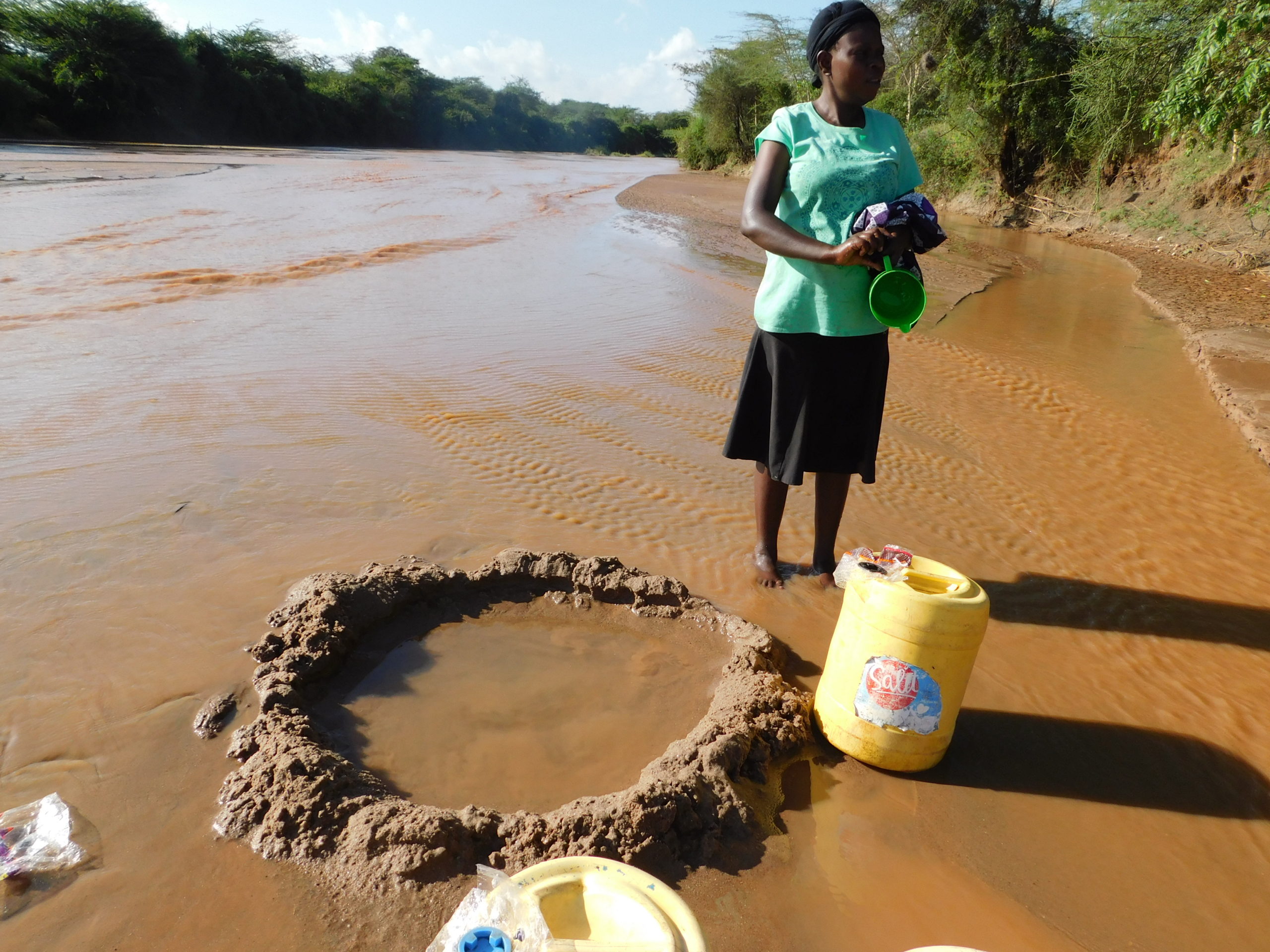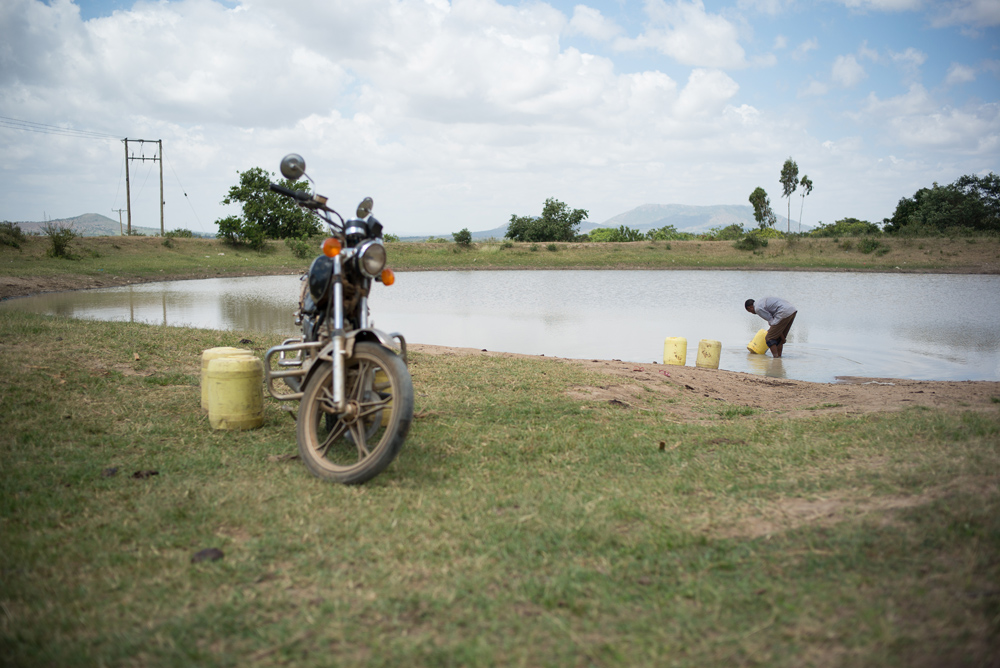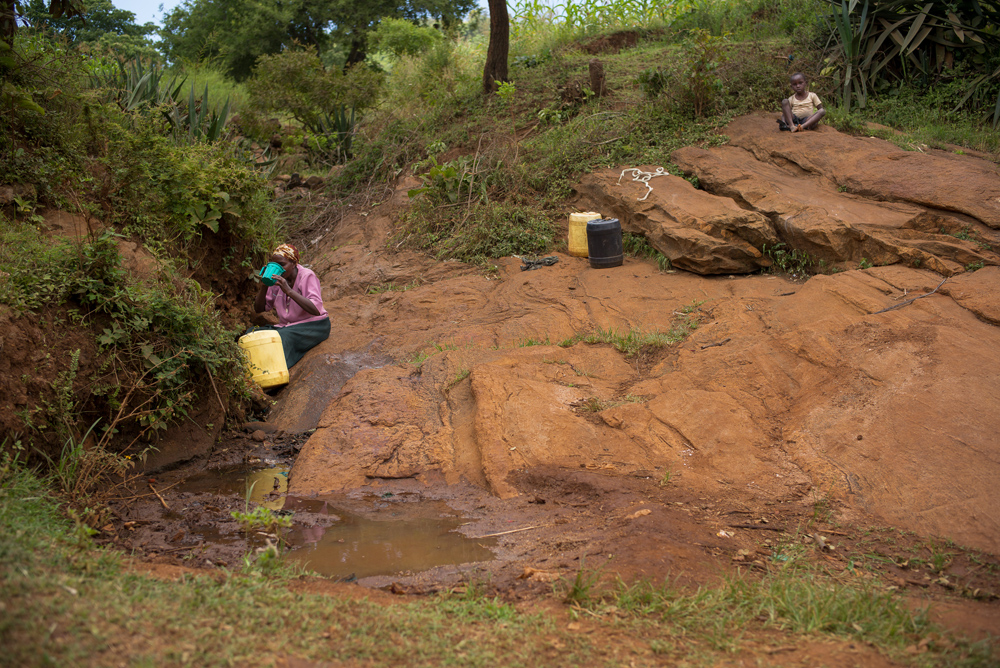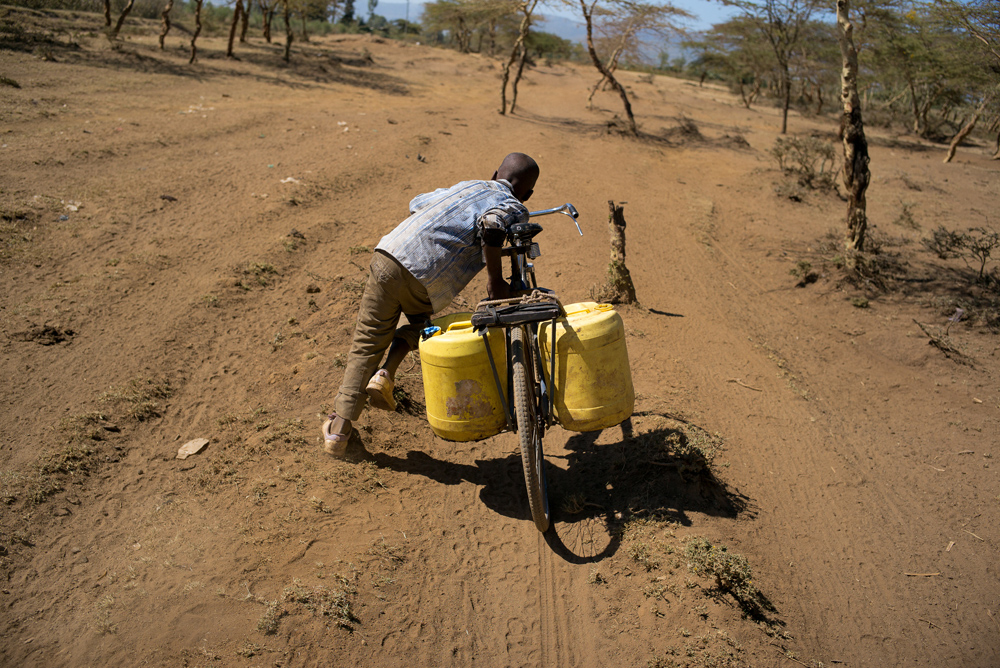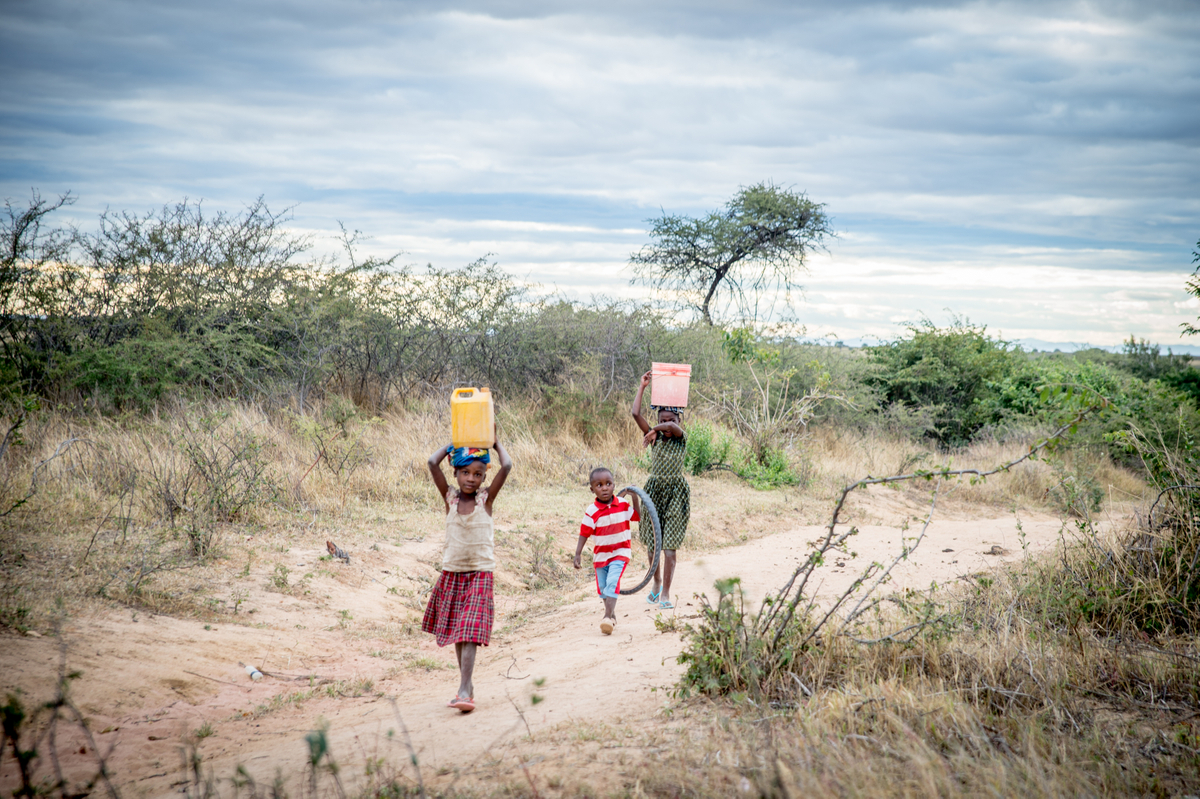March 7, 2022
Taking Action Towards Clean Water For All
There is enough fresh water on the planet for seven billion people.
So, why is it that 1 in 7 people globally still lack access to clean water?
The Global Water Crisis
According to the UN, water scarcity is both a natural and a human-made phenomenon. It is distributed unevenly and too much of it is wasted, polluted, and un-sustainably managed.
And, for as much progress as we are making towards Sustainable Development Goal #6, Clean Water and Sanitation for All, there continues to be surges in water challenges across the world, as felt by regions like Texas and California only this past year.
In fact, by 2025, it is predicted that 1.8 billion people will be living in countries or regions with absolute water scarcity, and two-thirds of the world’s population could be living under water-stressed conditions, (UN).
These figures demonstrate the magnitude of just how far and wide the global water crisis spreads. But, although there are regions on all sides of the world that are experiencing water challenges, none are as affected as Sub-Saharan Africa, which has the largest number of water-stressed countries of any region, (UN).
So, what can we do to scale clean water solutions so that we may see a day where no person lacks the basic right of clean water? The answer to that is complex, but it starts with building solutions that actually last.
The Hidden Water Crisis
Unfortunately, too many water aid projects fail to provide sustainable solutions, forcing communities to return to unsafe water sources. UNICEF has found that 30-50% of new water projects globally collapse after a few years of use.
In Africa, this number climbs, with roughly 60% of water projects on the continent failing, on average.
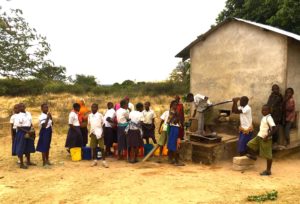
The reasons for this failure in the industry are multi-faceted, but much of it stems from lack of the correct technical expertise to ensure the integrity of the water projects, providing unsuitable solutions for a given area, and failure to empower local leaders to maintain the project.
In 2011, the World Bank found that less than 5% of water projects are visited after they’re constructed, and less than 1% are monitored long-term. And, in communities where water projects fail, locals are often not provided with the training and support required to maintain and manage their water systems.
The Well Aware Difference
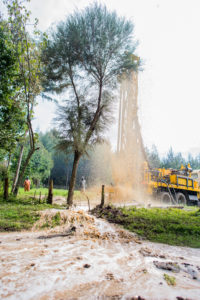
That’s why Well Aware has taken a different approach to how we implement our clean water projects.
We’ve built a robust sustainability model, based on our technical expertise, community-driven approach, and long-term support of ongoing water system needs.
With these key strategies, we have been able to maintain a 100% success rate across all of our 90+ clean water projects in East Africa. That means each and every community we’ve committed to bringing water to is still getting water.
100% success is not easy to come by. It requires innovation, expertise, adaptability, conscientiousness, and a commitment to the long-term success of our partner communities.
But, providing solutions that will not fail is critical to making progress towards #CleanWaterForAll, and is a commitment we should hold ourselves accountable to as an industry and as a society.
How You Can Make Clean Water a Reality for All
It is up to each and every one of us to raise awareness of these global water issues and press on so that we can continue to provide clean water to those who need it most.
“Alone, we can do so little; together, we can do so much” ― Helen Keller
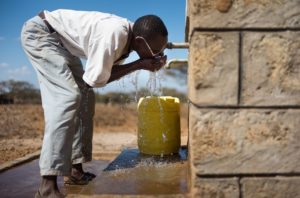
So, ahead of World Water Day on March 22nd, we challenge you to take at least one action:
- Share this article with a friend
- Post on social media with a fact you learned about the water crisis
- Research water challenges in your own community and see if you can volunteer with a local organization to help
- Use your dollars to Shop Smarter with brands that give back to our mission
- Become a monthly donor through The Village to help reach more people with clean water each year
- Write down all of the ways you use water in your daily life and practice conserving
- Read our Faces of Water stories to learn how water affects individuals in water-scarce areas
- Register to join Well Aware’s Shower Strike, April 20th-26th, to help raise funds for our clean water projects in East Africa. You can Skip Showers or Walk for Water to put yourself in the shoes of those we are helping. **If you sign up and start a team by World Water Day, you’ll receive $50 towards your team fundraising for every person you recruit**
No matter what you do this World Water Day, we hope you will consider the value of water, and join us in our mission. Together, we do have the power to create a world where clean water can be a reality for all.
